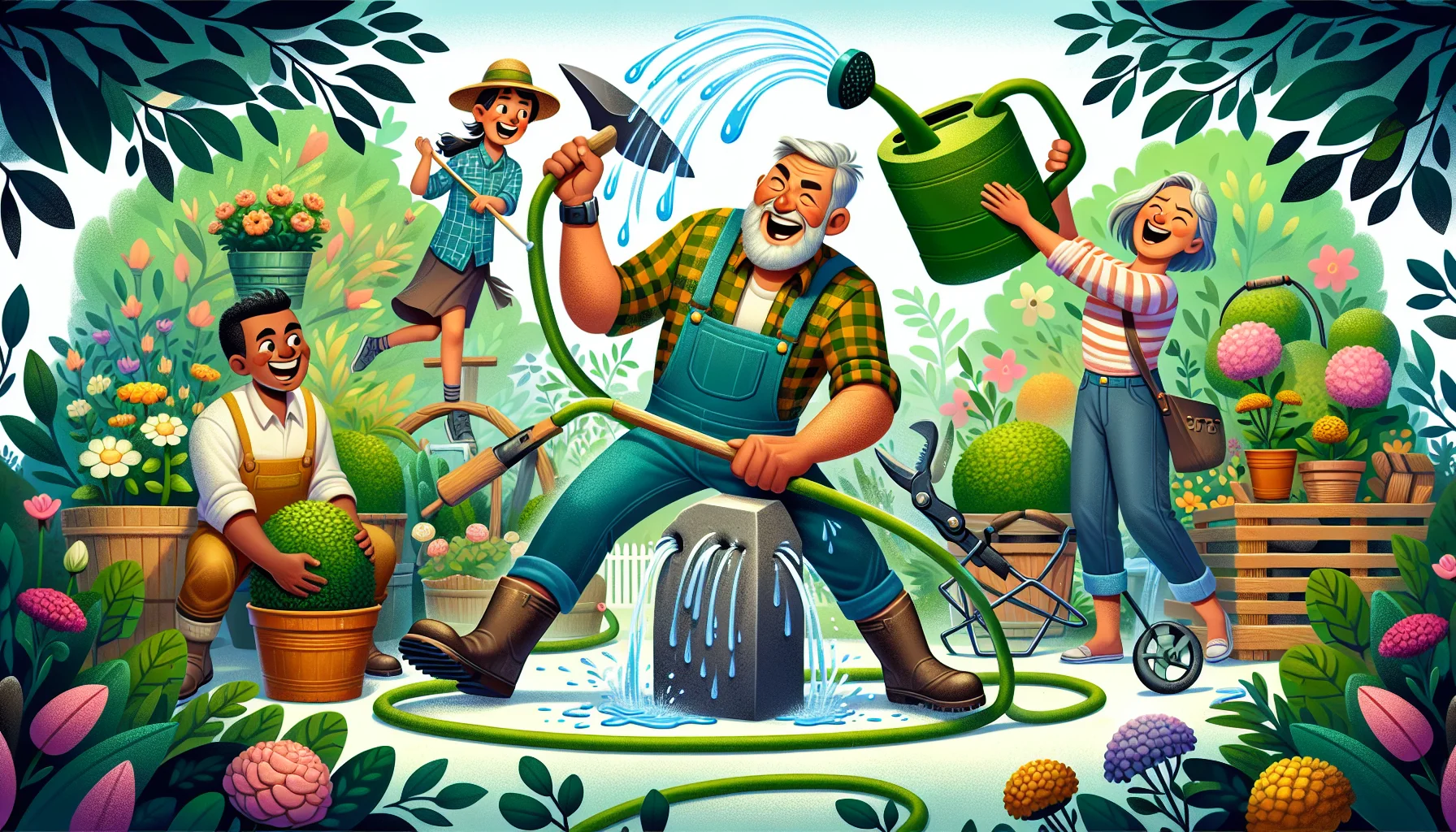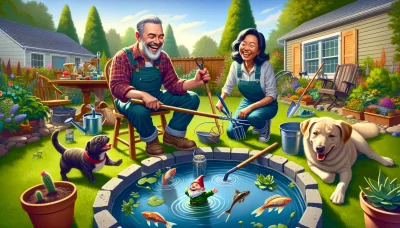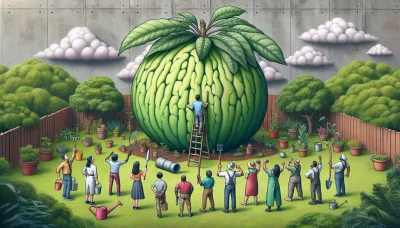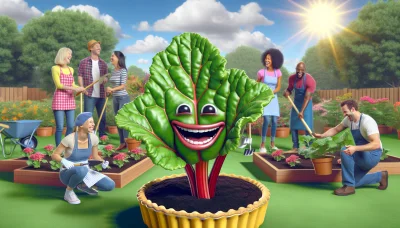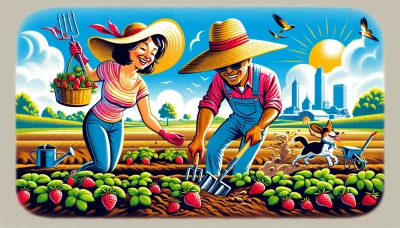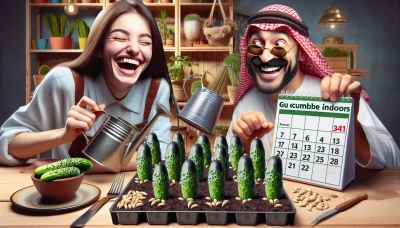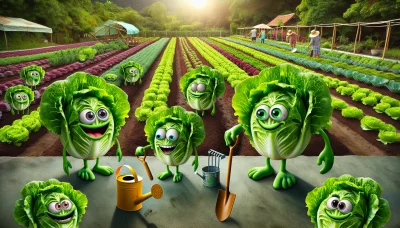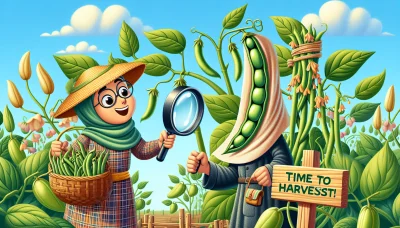Sharpening garden tools Quiz
Test Your Knowledge
Question of
The Importance of Sharpening Garden Tools
Keeping garden tools sharp is crucial for effective gardening for several reasons. Sharp tools make gardening tasks easier, requiring less physical effort to cut through soil, plants, or branches. This not only speeds up the work but also reduces the risk of injury from applying excessive force. Moreover, clean cuts made by sharp tools help plants heal faster, minimizing the risk of disease and pest infestation. Regular maintenance of garden tools, including sharpening, extends their lifespan, saving money in the long run. In summary, sharpened tools are essential for efficient, safe, and healthy gardening practices.
Types of Garden Tools That Need Sharpening
- Shears
- Spades
- Hoes
- Pruners
- Loppers
- Axes
- Shovels
- Scythes
- Knives (Gardening and Grafting)
Step-by-Step Guide to Sharpening Your Garden Tools
- Gather Your Supplies: You will need a flat file, a whetstone, lubricating oil, a wire brush, and protective gloves.
- Inspect Your Tools: Before you start, inspect each tool for rust, damage, and dullness to determine the extent of sharpening required.
- Clean the Tools: Use the wire brush to remove dirt and rust. For stubborn rust, soaking the metal part in white vinegar overnight can be effective.
- Wear Safety Gear: Put on your protective gloves to prevent injuries. Safety goggles are also recommended if you're using power tools.
- Sharpening with a Flat File: For tools like hoes and shovels, use the flat file. File in one direction, following the angle of the existing edge, with smooth strokes.
- Sharpening with a Whetstone: For smaller tools like shears and secateurs, use a whetstone lubricated with oil. Hold the tool at the correct angle against the stone and slide it across in a circular or back-and-forth motion.
- Check Your Work: After a few strokes, check the sharpness of the tool. Continue sharpening until you achieve a sharp edge.
- Clean and Oil the Tools: Once sharpened, clean the tools to remove any metal filings and apply a light coat of oil to prevent rust.
- Store Tools Properly: Store your tools in a dry place to prevent rust. Hanging them or keeping them in a toolbox can help maintain their condition.
- Regular Maintenance: Regularly check and sharpen your tools to keep them in good condition. This not only makes your gardening work easier but also extends the life of your tools.
Choosing the Right Sharpening Tools
When it comes to maintaining your garden tools, selecting the right sharpening tools is crucial for ensuring their longevity and effectiveness. Among the most popular options are whetstones, files, and honing oil. Whetstones, available in various grits, are ideal for finely sharpening the edges of blades. Files, on the other hand, are better suited for reshaping or repairing more significantly dulled or damaged edges. Lastly, honing oil is essential for lubricating the sharpening surface, reducing friction, and preventing the metal filings from clogging the stone's pores. Each tool and material plays a pivotal role in the sharpening process, making it important to understand their specific uses and benefits.
Maintaining Your Garden Tools Post-Sharpening
After sharpening your garden tools, it's crucial to take steps to maintain them to ensure their longevity and optimal performance. First, clean your tools thoroughly to remove any debris or rust that could cause damage over time. Use a stiff brush or steel wool for stubborn areas. Next, oiling your tools is essential to protect them from rust and corrosion. Apply a light coat of machine oil or a silicone-based lubricant to the metal surfaces, ensuring a thin, even layer. Finally, proper storage plays a significant role in maintaining your tools. Store them in a dry, ventilated area, preferably hanging or on a shelf, to prevent moisture buildup which can lead to rust. By following these simple steps, you can keep your garden tools in top condition, ready for the next gardening season.
Common Mistakes to Avoid When Sharpening Garden Tools
- Not Cleaning Tools Before Sharpening: Dirt and rust can hinder the sharpening process. Always clean your tools before you start sharpening to ensure a smoother, more effective sharpening process.
- Using the Wrong Sharpening Tools: Different tools require different sharpening instruments. Using a file on tools that need a whetstone, or vice versa, can damage the tool. Make sure to use the appropriate sharpener for each tool.
- Sharpening at the Wrong Angle: Each tool has an optimal sharpening angle. Sharpening at too steep or too flat an angle can make the tool less effective. Learn the right angle for each of your garden tools before sharpening.
- Over-Sharpening: While it might seem that sharper is always better, over-sharpening can weaken the blade, making it more susceptible to breaking. Sharpen only as much as needed to restore effectiveness.
- Ignoring Safety Precautions: Sharpening tools can be dangerous. Always wear protective gloves and eyewear, and work in a stable, well-lit area to avoid accidents.
- Forgetting to Oil After Sharpening: After sharpening, it's important to oil your tools to prevent rust and ensure smooth operation. Skipping this step can lead to premature wear and tear.
- Not Testing the Tool After Sharpening: Always test your tool on a small area after sharpening to make sure it's working as expected. This can help you catch any mistakes before you begin a larger project.
